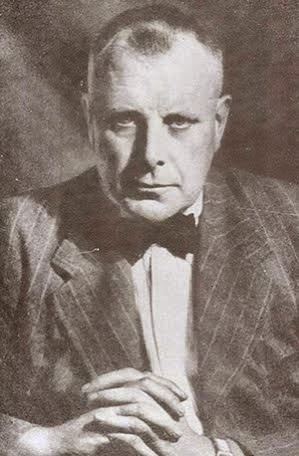Nationality British Role Author Name Henry Bailey | Known for Surgical textbooks Occupation Surgeon | |
 | ||
Full Name Henry Hamilton Bailey Cause of death Colonic carcinoma (intestinal obstruction) Died March 25, 1961, Malaga, Spain Books Demonstrations of Physical Signs in Clinical Surgery Institution City Hospital, Birmingham, Royal Northern Hospital | ||
Henry Hamilton Bailey (1 October 1894 – 25 March 1961) was a British surgeon. Bailey became one of the most influential authors of surgical textbooks in the 20th century; when publishing, and perhaps for much of his working life, he dropped his first name, becoming Hamilton Bailey. He was a pioneer in the use of illustrations and photographs in surgical textbooks.
Contents
Life
Hamilton was born to a medical missionary. He had a brother who died aged two days after birth, and a sister who was institutionalized with schizophrenia at the age of 18.
As a 4th year medical student in 1914, he volunteered as part of the 1st Belgian Unit of the British Red Cross. In the same year, he was captured and made a prisoner of war. As a prisoner of war he was sentenced to death for suspected sabotage, but following an American intervention was released by the Germans along with other medical and nursing staff. He subsequently (25 August 1916) became a temporary surgeon with the Royal Navy, serving on the HMS Inflexible and HMS M19 and HMS Iron Duke.
After the war, while working as a surgical registrar, he suffered an infection following a finger injury while performing surgery, eventually leading to amputation of his left index finger; this can be seen in the illustrations of some of his books (his Figure 137 showing Bimanual palpation of the spleen gives a clear orientation). His first independent post was as a surgeon to Dudley Road Hospital, Birmingham in 1926), where many of the photos that would illustrate his first book taken. He left in 1930, soon joining the staff of the Royal Northern Hospital, London. He was also a Hunterian Professor at the Royal College of Surgeons and a vice-president of the International College of Surgeons.
He married a photographer, Vera Gillender, in 1925, who collaborated with him in the production of photographs for his books. Hamilton and Vera had one son, who died aged 15 in a railway accident while returning from evacuation in the north of England.
Hamilton was incarcerated for three years in 1949 for a mental condition involving mania and paranoia, which was eventually successfully treated with lithium therapy.
He died of intestinal obstruction (or subsequent surgical complications) secondary to colonic carcinoma, on 25 March 1961 in Malaga.
